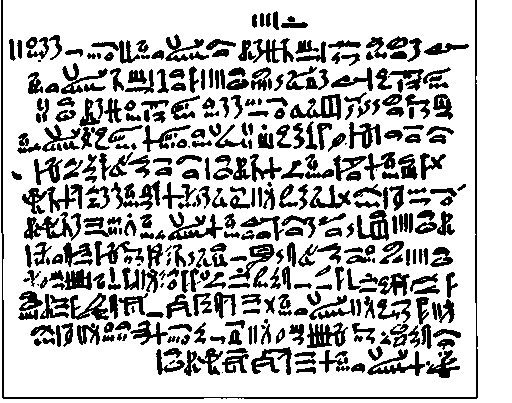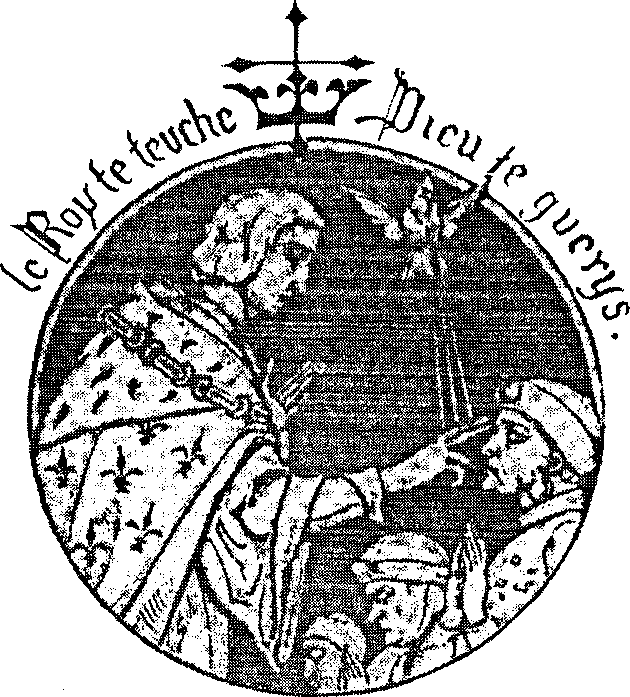The history of wound care is as old as human history. Our knowledge about the art of healing in prehistoric times is based on prehistoric paintings, not written documents. These treatment methods almost always consist of magic or spells performed by the magician doctor.
There were various medical provisions in the inscriptions of the famous Babylonian king Hamurabi, who lived 2000 years before Christ in Mesopotamia, which is called the cradle of civilization. Although the deciphered tablets contained spells and incantations, there were also plenty of drug prescriptions.
Writing was invented in Ancient Egypt, and extensive information about the medical knowledge of that period was obtained through the use of papyrus and their examination. Especially the papyri found by Ebers in 1862 contain interesting information regarding the history of medicine. It is estimated that these papyri were written 1500 years before Christ. The Ebers papyri contain approximately 900 prescriptions, some of which are related to wound treatment. As a matter of fact, the castor oil mentioned among them was used both as fuel in lamps and externally as a laxative and as a medicine for wounds and burns. Again, according to the Ebers papyri, fresh meat is applied to the wounds with bandages on the first day. Another substance recorded in the Ebers Papyrus is acylbent, a drug that can be applied externally to wounds.

In ancient Greece, medicine was separated from magic and reached a high standard. This development especially started with Aesculapius, who lived 1250 years before Christ, and continued with Hippocrates, who was born on Cos Island in 460 BC. Aesculapius was a seer who lived in Delphi, Greece, and healed so many people that he was deified after his death and temples called Asklepieia were built and worshiped in his name. A treatment called temple sleep, which is applied in these temples in many places, including Bergama, is very famous. In addition, non-poisonous snakes found in temples were used in treatment by licking the eyes and wounds of patients.

The "Aphorisms" of Hippocrates, who is considered the father of medicine, were taught as textbooks in western medical schools until the 19th century. In one of Hippocrates' famous aphorisms it is said; Diseases that cannot be treated with medicine are treated with a knife. Those who are not good with a knife are treated with fire. Diseases that are not cured by fever (Key = Cauterisation) should be viewed as diseases for which there is no good treatment.
Hippocrates was the first to apply antisepsis by using tar (goudron) on wounds. Hippocrates was the first to describe primary and secondary wound healing. Hippocrates also used honey to clean dirty wounds.
When we look at ancient Roman medicine, we see Celsus, who wrote a work of 8 books called "De Re Medicina". In the 5th book of Celsus, wound healing is mentioned and the drugs used for this purpose include gum, saltpeter, saffron and sesame, and these are estimated to be the first anesthetic drugs. Galien of Pergamum (131-200), the famous physician of the Greco-Roman period, unfortunately made the mistake of delaying the progress of medicine by accepting the pus and pus in wound healing as something to be proud of. This view continued until A. Pare, who showed that wounds would be cured by using simple dressings instead of boiling oil.
In ancient times, the healing powers of various gods and goddesses were believed. In Byzantium, this ability was transferred to saints and saints and their holy remnants. Among these, it was believed that St. Yunus brought cure to leprosy, St. Sebastian to cure plague, and St. Artemis to cure genital diseases.
A similar practice is the treatment attempts made by the king through hand contact, which was practiced in some European countries in the Middle Ages. Alongside this religion-based medicine, physicians who included science and wrote works can also be found, starting from the 7th century. Finally, in the 8th and 9th centuries, the Salerno School, which is considered the first organized Medical Center in Europe, was established in Salerno, Italy. In this school, skin diseases were considered within surgery and these diseases were often treated with mercury ointments.

The book on surgery written by Al-Zahrawi (936-1013) contains 215 pictures of incisions and cauterization tools. Zehravi was the first person to talk about the benefits and harms of cautery use, and he described the possibility of late bleeding in wounds that are not kept clean, and the use of forceps, pressure, dry dressing and cold application to stop it.
Ibn-i Sina's famous book, Kanun, was taught as a textbook in various medical schools for many years. The third volume of the book, which consists of five volumes, is about skin and venereal diseases, and the second book includes 760 simple books known at that time. The list of medicines is given.
One of the most famous physicians of the Seljuk Turks period is Hekim Şerafeddin Sabuncuoğlu, who was born in Amasya in 1386. Sabuncuoğlu translated the minor surgery part of El Zeyravi's book, El Tasrif, into Turkish and wrote the book, Çözüm-ül Haniye, by adding his personal views, his own surgical tools and pictures of the surgeries and interventions he personally performed.
XV. Some chapters in the work titled Alaim-i Çözümn, prepared by Surgeon İbrahim Bin Abdullah in the 19th century, are related to wound care. The first chapter talks about fresh wounds and their treatments, the seventh chapter talks about abscesses and their treatments, the ninth chapter talks about snakebite, scrofula, tumors and medicines, the 11th chapter talks about anthrax, infusions and medicines, the 14th chapter talks about patches, and the 15th chapter talks about ointments. By examining old manuscripts, some interesting examples of wound treatment can be found.
When Ottoman physicians talked about the use of tar in wounds, for example; XVI. In the work of Nidai in the 19th century, there are expressions such as "If they apply tar several times to the wounds on their hands and feet, it will be good." Again, physician Nidai wrote that fig root can be used against wounds.
XVII. In the 19th century, Salih bin Nasrullah said about St. John's wort: "If boiled and drunk with sugar, it will relieve cough, and if applied to wounds, it will be good."
XVII. In the 19th century, cow tongue tail was used externally as a moxibustion. Salih bin Nasrullah says in his work, "Moxibustion made with vinegar is good for pus."
Asylbent, XVIII. It is a medicine that had a place in the palace pharmacy of the 16th century and was also sold in the ancient Egyptian bazaar. It was used for wound healing by applying externally.
The second article of the book called Aphorismas, written in Latin by Dutch H. Boerhaave in 1709 and translated into Turkish by Hekim Suphizade Abdülaziz Efendi in 1791, is about separation and wounds and consists of sections on abscess, gangrene, syphilis and burns.
During the Crimean War, Florence Nightingale (1853-1856) touched upon patient care, the importance of the environment in patient care, and wound care. During the Ottoman period, many students attended the courses held in university conference halls in 1913-1914; These students were given various information on patient care. Turkish ladies such as Safiye Hüseyin (Elbi), Kerime Salahar, Münire İsmail, who completed the courses; They volunteered as caregivers during the Gallipoli and Balkan Wars and made great sacrifices by caring for the wounded.
Opr. Dr. Cemil Topuzlu has many articles on surgery and wound care. In his article in 1943, he wrote, "Until a century ago, there were no people in our country who knew that a doctor with a diploma was a surgeon. In the past, surgery was practiced by a number of empirics, in other words, for fractures and dislocations, a lot of charlatans were passed down from father to son and were known among the people as fracture makers, and the injured were trained as barbers and "The circumcision operation was in the hands of groomsmen named surgeons, and the circumcision was in the hands of circumcisers." Opr. Dr. Cemil Topuzlu in another article; "I remember very well: Sixty-six years ago, I was in the last year of the Military School of Medicine. Let alone touching the peritoneum, joints, or brain, it was very dangerous to open even the smallest abscess. After any surgery, the wounds do not heal, the stitches do not hold, and many patients become ill. "They would die of syphilis, tetanus and septicemia" and provides information on wound care.
Ankara University Faculty of Health Sciences, Dr. Sibel Erkal İlhan, S.B. Şişli Etfal Hospital Dermatology Clinic Chief Assoc. Dr. Adem Köşlü, . General History of Medicine. Ankara University Faculty of Medicine Publications no:68. Güzel İstanbul printing house, Ankara, 1958. Demirhan Ü: Spice Bazaar Drugs. IU Faculty of Medicine, Department of History of Medicine and Deontology, PhD thesis. Sermet Printing House, Istanbul, 1990., Aydın HX Wound and Treatment. Nobel Medical Bookstore, Istanbul, 1990., Atabek H: Medieval Medicine. IU Cerrahpaşa Faculty of Medicine. Publications No:2272. Istanbul, 1977.